R136a1,300倍太阳质量的怪兽星
By 苏剑林 | 2010-07-29 | 24294位读者 |原文链接:http://www.eso.org/public/news/eso1030/
译文来自:http://www.astronomy.com.cn/bbs/thread-141201-1-1.html
Stars Just Got Bigger 超大质量的巨星 A 300 Solar Mass Star Uncovered 发现超过300太阳质量的蓝超巨星
Using a combination of instruments on ESO’s Very Large Telescope, astronomers have discovered the most massive stars to date, one weighing at birth more than 300 times the mass of the Sun, or twice as much as the currently accepted limit of 150 solar masses. The existence of these monsters — millions of times more luminous than the Sun, losing weight through very powerful winds — may provide an answer to the question “how massive can stars be?”
借助于ESO的甚大望远镜(VLT),天文学家发现了创质量纪录的巨星——达300个太阳质量以上,是我们此前公认的(星族II)恒星质量上限——150个太阳的2倍。发现如此怪兽级恒星:光度是太阳的数百万倍,以极速恒星风迅速损失质量——由此产生了一个问题:恒星质量上限到底是多少?
http://www.eso.org/public/archives/images/original/eso1030a.tif,6497 x 2200,27.0MB
A team of astronomers led by Paul Crowther, Professor of Astrophysics at the University of Sheffield, has used ESO’s Very Large Telescope (VLT), as well as archival data from the NASA/ESA Hubble Space Telescope, to study two young clusters of stars, NGC 3603 and RMC 136a in detail. NGC 3603 is a cosmic factory where stars form frantically from the nebula’s extended clouds of gas and dust, located 22 000 light-years away from the Sun (eso1005). RMC 136a (more often known as R136) is another cluster of young, massive and hot stars, which is located inside the Tarantula Nebula, in one of our neighbouring galaxies, the Large Magellanic Cloud, 165 000 light-years away (eso0613).
由英国谢菲尔德大学天体物理系教授保罗.克劳瑟领衔的天文学家团队,借助于ESO的甚大望远镜(VLT)观测以及哈勃太空望远镜的档案数据,详细研究了两个年轻的蓝巨星簇——NGC 3603和RMC 136a。NGC 3603位于银河系内,离太阳约2.2万光年,是一个疯狂制造恒星的宇宙工厂(见10楼)。RMC 136a通常称为R 136,是另一个由年轻的大质量巨星组成的蓝巨星簇,它位于我们邻居星系——大麦哲伦星系(LMC)中的蜘蛛星云内,离我们约16.5万光年。
The team found several stars with surface temperatures over 40 000 degrees, more than seven times hotter than our Sun, and a few tens of times larger and several million times brighter. Comparisons with models imply that several of these stars were born with masses in excess of 150 solar masses. The star R136a1, found in the R136 cluster, is the most massive star ever found, with a current mass of about 265 solar masses and with a birthweight of as much as 320 times that of the Sun.
团队在其中发现了数个表面温度超过4万℃的恒星,是太阳光球温度的7倍多;其直径为太阳的十几倍,光度则达数百万倍。按当前的恒星模型,这意味着它们的初始质量超过了150个太阳。在R136中发现的R136a1,其质量更达到创纪录的265个太阳质量以上,这意味着其初始质量超过320个太阳!
In NGC 3603, the astronomers could also directly measure the masses of two stars that belong to a double star system [1], as a validation of the models used. The stars A1, B and C in this cluster have estimated masses at birth above or close to 150 solar masses.
在NGC 3603中,天文学家可以在双星系统中直接测量恒星质量(注1),其中的A1、B、C三颗恒星的初始质量估计超过或接近150个太阳。
Very massive stars produce very powerful outflows. “Unlike humans, these stars are born heavy and lose weight as they age,” says Paul Crowther. “Being a little over a million years old, the most extreme star R136a1 is already ‘middle-aged’ and has undergone an intense weight loss programme, shedding a fifth of its initial mass over that time, or more than fifty solar masses.”
蓝超巨星的光度极大。保罗.克劳瑟说:“与人类相反,恒星诞生时质量最大,并随着年龄变大而损失质量。虽然刚过了100万年,R136a1已经步入“中年”,并经历了强烈的质量损失过程,抛掉了1/5的原始质量,或者说挥霍了50个太阳。”
If R136a1 replaced the Sun in our Solar System, it would outshine the Sun by as much as the Sun currently outshines the full Moon. “Its high mass would reduce the length of the Earth's year to three weeks, and it would bathe the Earth in incredibly intense ultraviolet radiation, rendering life on our planet impossible,” says Raphael Hirschi from Keele University, who belongs to the team.
假如把R136a1放在太阳系中心,其光度与太阳之比,像相当于现在的日月光辉之比。团队成员、英国基尔大学的拉斐尔.赫希说:“它极大的质量将使地球公转周期缩短到三星期,并使地球彻底浸淫在难于置信的超强紫外辐射中,杀灭地球上一切生命。”(晕,如此蓝超巨星附近,根本没有足够时间形成地球好不好。假如地球存在,早就比现在的金星还热了——gohomeman1注)
These super heavyweight stars are extremely rare, forming solely within the densest star clusters. Distinguishing the individual stars — which has now been achieved for the first time — requires the exquisite resolving power of the VLT’s infrared instruments [2].
此类超大质量巨星极为罕见,仅形成于最稠密的星团中。在其中区分单个恒星,需要最灵敏的仪器,而VLT的红外多轭自适应光学测试仪(MAD)首次做到了此点。
http://www.eso.org/public/archives/images/original/eso1030b.tif, 2500 x 1406, 2.3MB
http://www.eso.org/public/archives/images/original/eso1030c.tif,2500 x 1406,2.2MB
The team also estimated the maximum possible mass for the stars within these clusters and the relative number of the most massive ones. “The smallest stars are limited to more than about eighty times more than Jupiter, below which they are ‘failed stars’ or brown dwarfs,” says team member Olivier Schnurr from the Astrophysikalisches Institut Potsdam. “Our new finding supports the previous view that there is also an upper limit to how big stars can get, although it raises the limit by a factor of two, to about 300 solar masses.”
团队还估计了这些蓝巨星簇中最大质量恒星的相对比例和可能的质量上限。团队成员、波茨坦天体物理研究所的 Olivier Schnur说:“最小的恒星质量约为木星的80倍,它们是失败的恒星,或称为红矮星。我们的新发现支持先前的观点:恒星质量有上限,虽然这个上限扩大到原先的2倍——大约300个太阳质量。”
Within R136, only four stars weighed more than 150 solar masses at birth, yet they account for nearly half of the wind and radiation power of the entire cluster, comprising approximately 100 000 stars in total. R136a1 alone energises its surroundings by more than a factor of fifty compared to the Orion Nebula cluster, the closest region of massive star formation to Earth.
在R136中,仅有4个恒星的初始质量超过150个太阳质量,但它们的恒星风和辐射量却接近整个星团的一半,而整个星团约有10万颗恒星。相比于离地球很近的蓝巨星簇——猎户座星云中心的四合星团(不止4颗星)而言,R136a1单颗恒星的辐射量是就比四合星团多50倍以上。
Understanding how high mass stars form is puzzling enough, due to their very short lives and powerful winds, so that the identification of such extreme cases as R136a1 raises the challenge to theorists still further. “Either they were born so big or smaller stars merged together to produce them,” explains Crowther.
因为这些巨星寿命极短,恒星风太强,弄清这些巨星的准确质量很难,鉴别像R136a1这样的极端例子更增加了是对现有理论、技术的挑战。克劳瑟解释道:“我们要确定是它们一开始就如此巨大还是相对小恒星合并的结果。”
Stars between about 8 and 150 solar masses explode at the end of their short lives as supernovae, leaving behind exotic remnants, either neutron stars or black holes. Having now established the existence of stars weighing between 150 and 300 solar masses, the astronomers’ findings raise the prospect of the existence of exceptionally bright, “pair instability supernovae” that completely blow themselves apart, failing to leave behind any remnant and dispersing up to ten solar masses of iron into their surroundings. A few candidates for such explosions have already been proposed in recent years.
8~150个太阳质量的恒星,其演化末期将爆发为(II型)超新星,剩下的残骸要么是中子星,要么是黑洞。对于质量达150~300个太阳质量的恒星,天文学家发现存在极端明亮的爆发过程——“不稳定对超新星”,整个恒星将彻底地爆发毁灭,核心不会有任何残骸,但周围空间会散布约10个太阳质量的铁(也会继续扩散)。前几年,已经观测到几个此类极端爆发的候选案例。
Not only is R136a1 the most massive star ever found, but it also has the highest luminosity too, close to 10 million times greater than the Sun. “Owing to the rarity of these monsters, I think it is unlikely that this new record will be broken any time soon,” concludes Crowther.
R136a1不仅是已发现的最大质量恒星,也是最大光度的恒星——接近太阳的0.1亿倍。克劳瑟总结道:“基于这个怪兽恒星是如此罕见,我们认为短期内纪录将难于再打破了。”
PS:蓝矮星的定义很不明确,一般也很少说。8倍太阳质量的恒星,一般都称为“蓝巨星”而不是蓝矮星——gohomeman1注
Credit: ESO/M. Kornmesser
http://www.eso.org/public/images/eso1030d/
http://www.eso.org/public/archives/images/original/eso1030d.tif,1288X1296,1.3MB
A new near-infrared image of the R136 cluster, obtained at high resolution with the MAD adaptive optics instrument at ESO’s Very Large Telescope, provides unique details of its stellar content. At birth, the three brightest stars each weighed more than 150 times the mass of the Sun. The most massive star, known as R136a1 and located at the centre of the image, has been found to have a current mass of 265 times that of the Sun. It also has the highest luminosity, close to ten million times greater than the Sun.
ESO的甚大望远镜(VLT)的多轭自适应光学试验仪(MAD)拍摄了R136星团高分辨率的近红外图像,提供了其恒星的独特细节。图中这三颗最亮的恒星,其质量都远远超过了150个太阳。正中央的R136a1质量最大(带标注的图见下方),当前质量达265个太阳;同时,它也是光度最大的恒星,约有1000万个太阳亮。
Credit: ESO/P. Crowther/C.J. Evans
版权:ESO,本研究报告作者
More information
更多信息 This work is presented in an article published in the Monthly Notices of the Royal Astronomical Society (“The R136 star cluster hosts several stars whose individual masses greatly exceed the accepted 150 Msun stellar mass limit”, by P. Crowther et al.).
本研究报告刊登在《皇家天文学会月刊》的预印本上:“R136星团中存在多个质量远远大于公认的150个太阳质量上限的恒星”,作者保罗.克劳瑟等。
The team is composed of Paul A. Crowther, Richard J. Parker, and Simon P. Goodwin (University of Sheffield, UK), Olivier Schnurr (University of Sheffield and Astrophysikalisches Institut Potsdam, Germany), Raphael Hirschi (Keele University, UK), and Norhasliza Yusof and Hasan Abu Kassim (University of Malaya, Malaysia).
研究团队成员表:
英国谢菲尔德大学 Paul A. Crowther, Richard J. Parker, Simon P. Goodwin;
基尔大学 Raphael Hirschi;德国波茨坦天体物理研究所 Olivier Schnurr;
马来西亚 马来亚大学 Norhasliza Yusof, Hasan Abu Kassim。
ESO, the European Southern Observatory, is the foremost intergovernmental astronomy organisation in Europe and the world’s most productive astronomical observatory. It is supported by 14 countries: Austria, Belgium, the Czech Republic, Denmark, France, Finland, Germany, Italy, the Netherlands, Portugal, Spain, Sweden, Switzerland and the United Kingdom. ESO carries out an ambitious programme focused on the design, construction and operation of powerful ground-based observing facilities enabling astronomers to make important scientific discoveries. ESO also plays a leading role in promoting and organising cooperation in astronomical research. ESO operates three unique world-class observing sites in Chile: La Silla, Paranal and Chajnantor. At Paranal, ESO operates the Very Large Telescope, the world’s most advanced visible-light astronomical observatory and VISTA, the world’s largest survey telescope. ESO is the European partner of a revolutionary astronomical telescope ALMA, the largest astronomical project in existence. ESO is currently planning a 42-metre European Extremely Large optical/near-infrared Telescope, the E-ELT, which will become “the world’s biggest eye on the sky”.
ESO,欧洲南方天文台的缩写,欧洲最著名的政 府间合作的天文组织,由14个国家出资组成:澳大利亚、比利时、捷克共和国、丹麦、法国、芬兰、德国、意大利、荷兰、葡萄牙、西班牙、瑞典、瑞士和英国。 ESO致力于一项雄心勃勃的计划:设计、建造和操作强大的地面望远镜群,使天文学家观测宇宙、做出重大科学发现。ESO同时在推动、组织天文合作研究中扮演带头人角色。在智利北部阿塔卡马沙漠区域,ESO运作三个独特的、世界级的天文台:拉斯拉、帕拉纳尔和查南托天文台,ESO运作的甚大望远镜(VLT),是世界上最先进的可见光天文望远镜群;而VISTA是全球最大的巡天望远镜。欧洲各伙伴共有的革命性天文台——ESO的ALMA,是当今最大的射电望远镜项目。ESO眼下正计划一个42米口径的欧洲极大可见光/近红外望远镜项目,缩写为E-ELT,将成为全球最大的巡天眼。
Links 相关链接
Research paper
免费的专业PDF下载:http://www.eso.org/public/archives/releases/sciencepapers/eso1030/eso1030.pdf
Contacts
相关联系人
Paul Crowther
University of Sheffield,UK
英国,谢菲尔德大学
Tel: +44 114 222 4291
Cell: +44 7946 638 474
Email: Paul.Crowther@sheffield.ac.uk
Olivier Schnurr
Astrophysikalisches Institut Potsdam,Potsdam, Germany
德国波茨坦市,波茨坦天体物理研究所
Tel: +49 331 7499 353
Email: oschnurr@aip.de
Henri Boffin
ESO, La Silla, Paranal and E-ELT Press Officer,Garching, Germany
德国加尔兴市,ESO拉斯拉、帕拉纳尔、E-ELT新闻办公室
Tel: +49 89 3200 6222
Cell: +49 174 515 43 24
Email: hboffin@eso.org
转载到请包括本文地址:https://kexue.fm/archives/769
更详细的转载事宜请参考:《科学空间FAQ》
如果您还有什么疑惑或建议,欢迎在下方评论区继续讨论。
如果您觉得本文还不错,欢迎分享/打赏本文。打赏并非要从中获得收益,而是希望知道科学空间获得了多少读者的真心关注。当然,如果你无视它,也不会影响你的阅读。再次表示欢迎和感谢!
如果您需要引用本文,请参考:
苏剑林. (Jul. 29, 2010). 《R136a1,300倍太阳质量的怪兽星 》[Blog post]. Retrieved from https://kexue.fm/archives/769
@online{kexuefm-769,
title={R136a1,300倍太阳质量的怪兽星},
author={苏剑林},
year={2010},
month={Jul},
url={\url{https://kexue.fm/archives/769}},
}







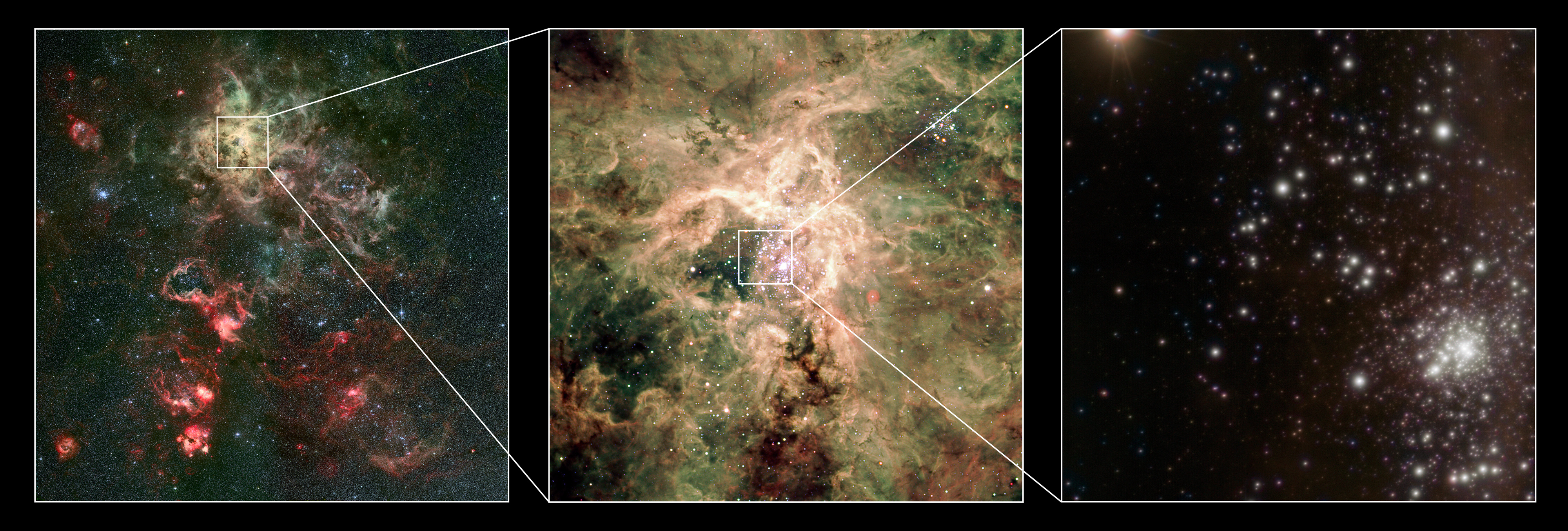
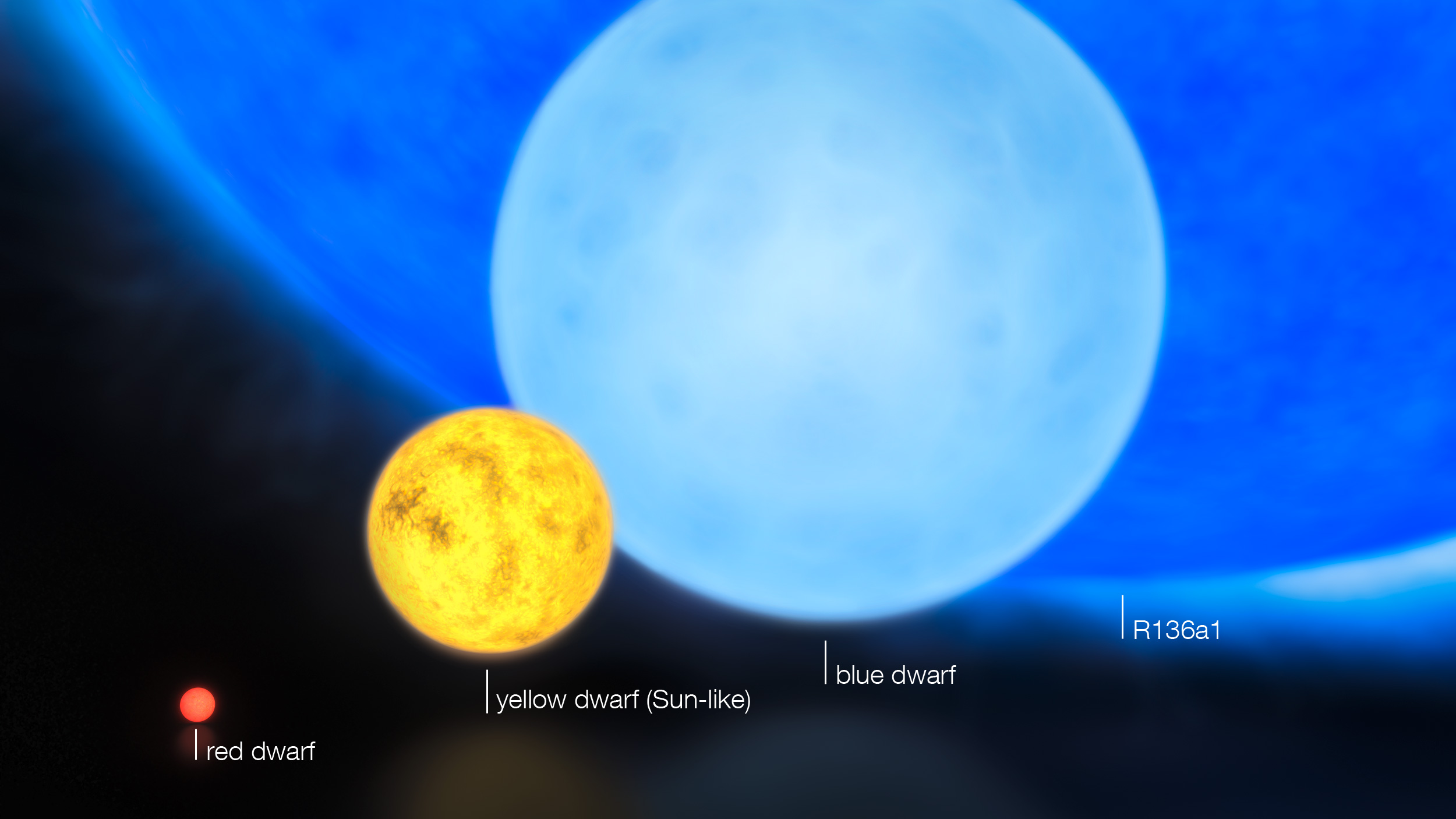
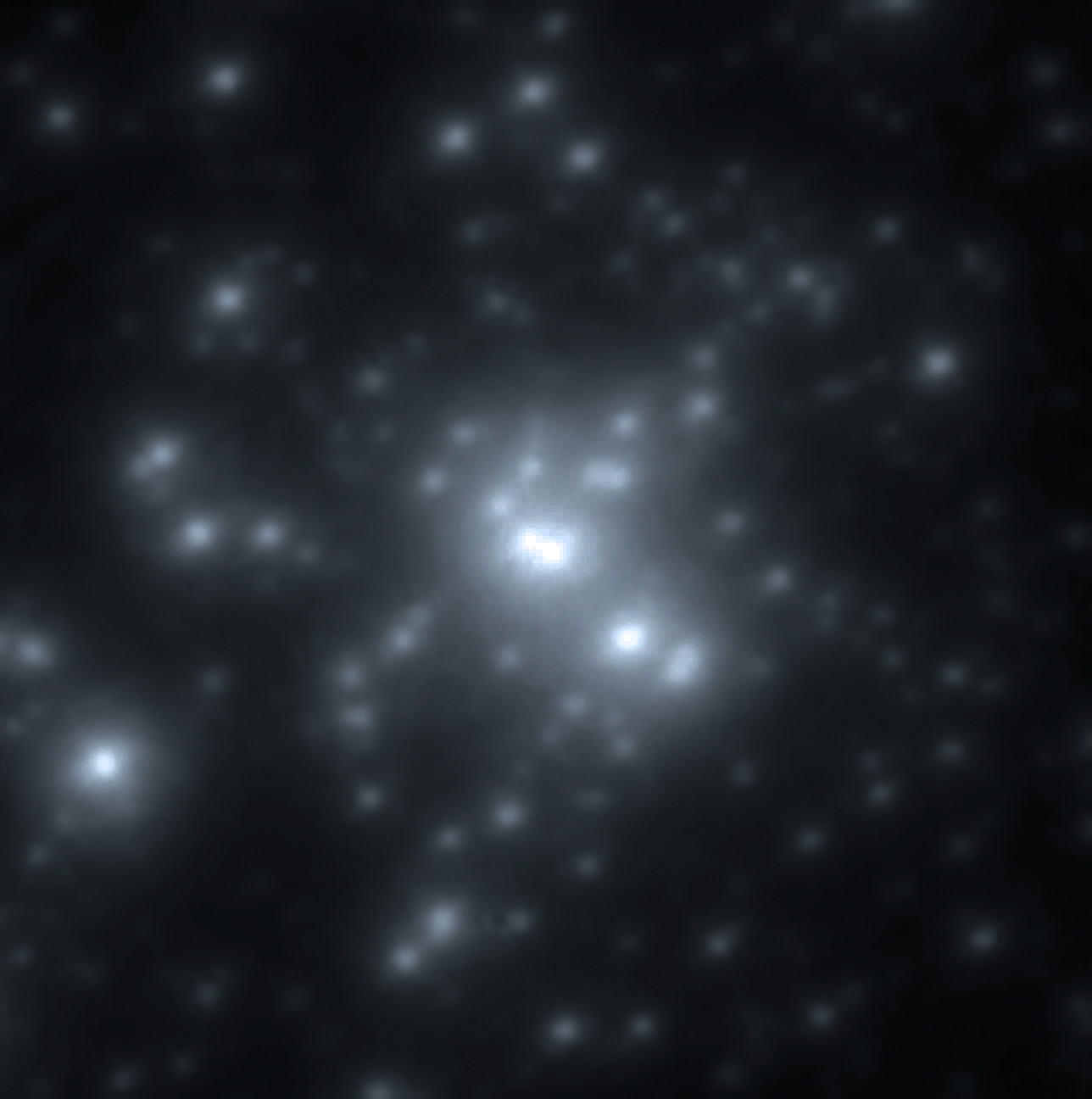
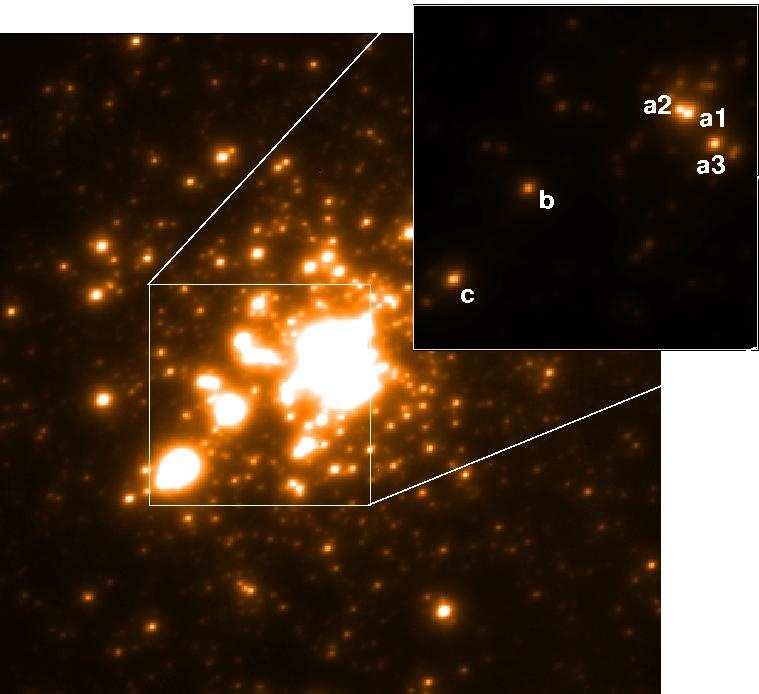

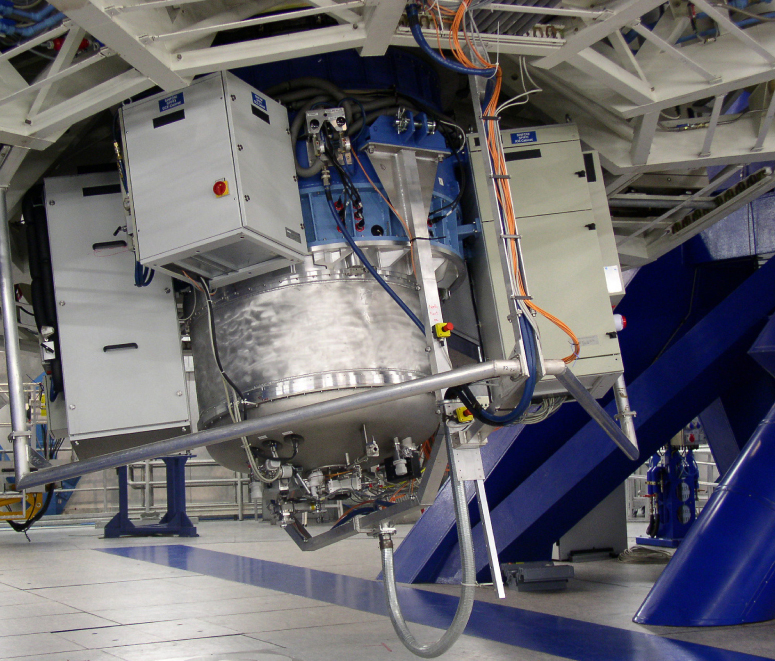



最近评论